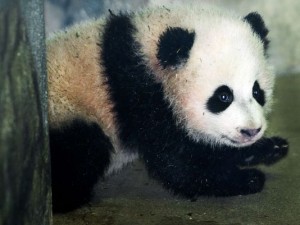Why Bao Bao’s place in the world goes much beyond panda diplomacy
Bao Bao has a unique place in the world and in American hearts and is an excellent reminder of the importance of zoos. And the fact that they are mainly an urban feature (most of the major animal collections open to the public around the world today are housed in cities).
Though some animal-lovers sometimes get sniffy about zoos, regarding them as cruel places bent on keeping innocent wild creatures captive, the Smithsonian National Zoo in Washington, D.C. underlines the great good that can come of an institution dedicated to wildlife conservation.
In fact, D.C. zoo was the first to coin the term “biopark” in the late 1980s, a development that had a noteworthy domino effect. In 1993, the New York Zoological Society changed its name to the Wildlife Conservation Society and rebranded the zoos under its jurisdiction as “wildlife conservation parks.”
D.C. zoo itself proudly describes itself as “far more than a place where people can see wild animals”. Instead, it says it is “a place where people can marvel at wonderful animals, learn about wildlife and its conservation, and enjoy a beautiful, peaceful experience among our gardens…we are also a research, conservation, and education center for endangered species.”
Of course, it was not always this way. Animal collections have always had a chequered, often unsavoury history, sometimes as an exotic source of entertainment. Roman emperors maintained private menageries for study or to use the animals in the arena.
It wasn’t till the 1970s that zoos properly acquired a new purpose as a way to educate people about the more endangered or vulnerable species of the animal kingdom.
And it wasn’t till the 1980s, that D.C. zoo gave the whole concept a new name.
(Tomorrow: From China and UK, a slew of giant panda stories. They’re big good news)



